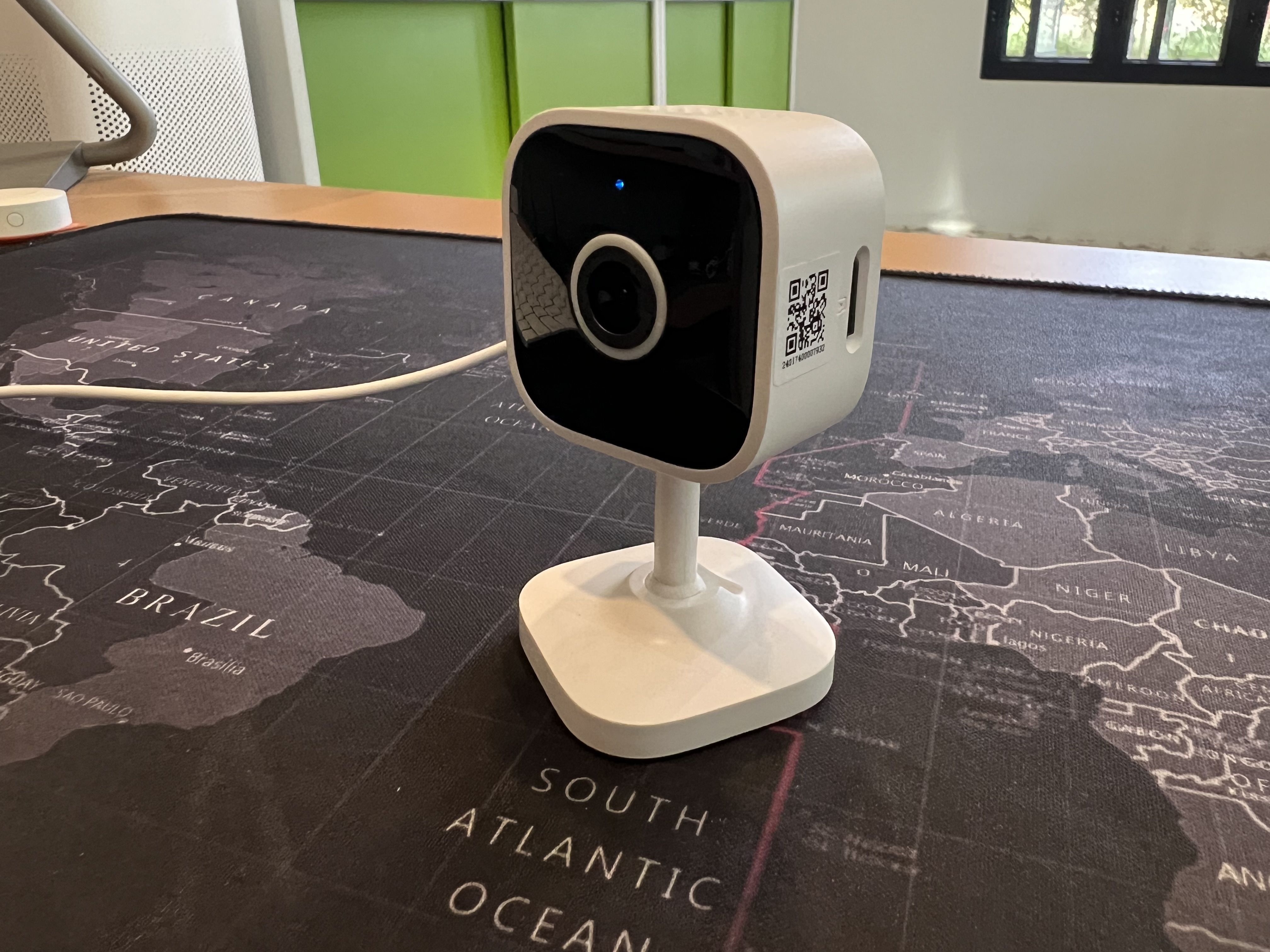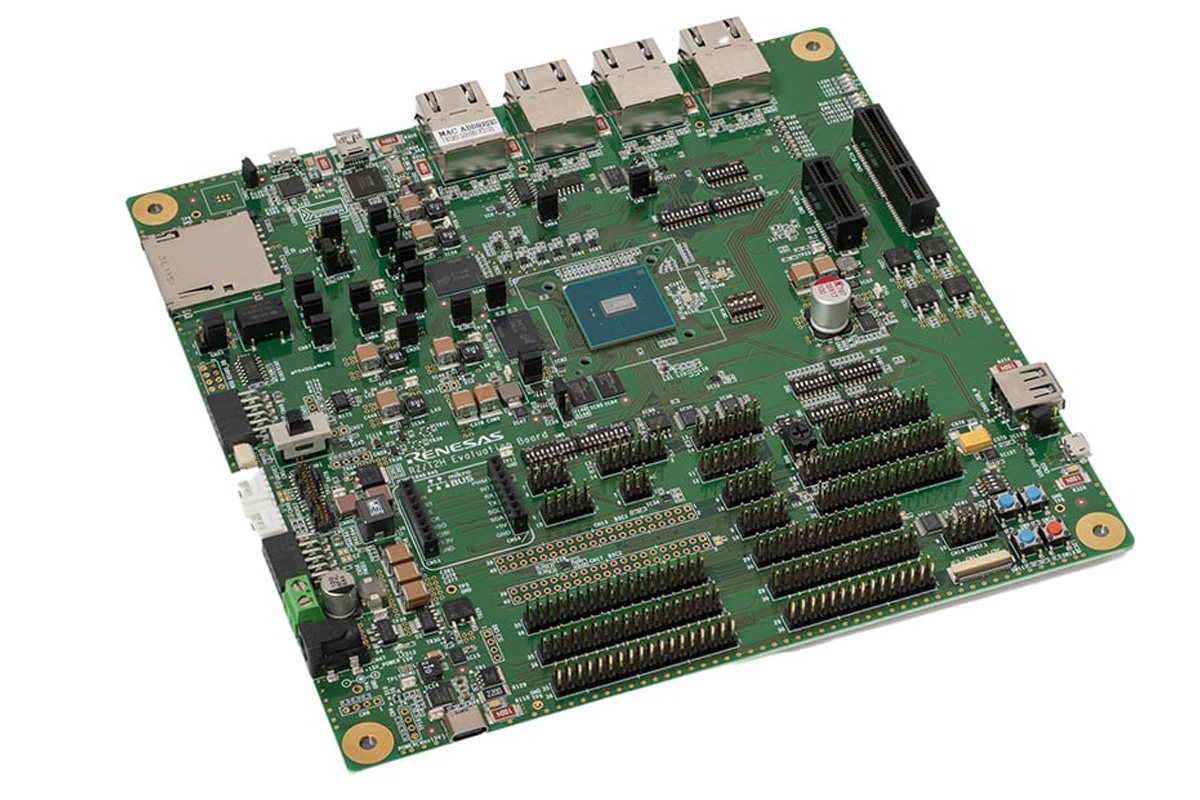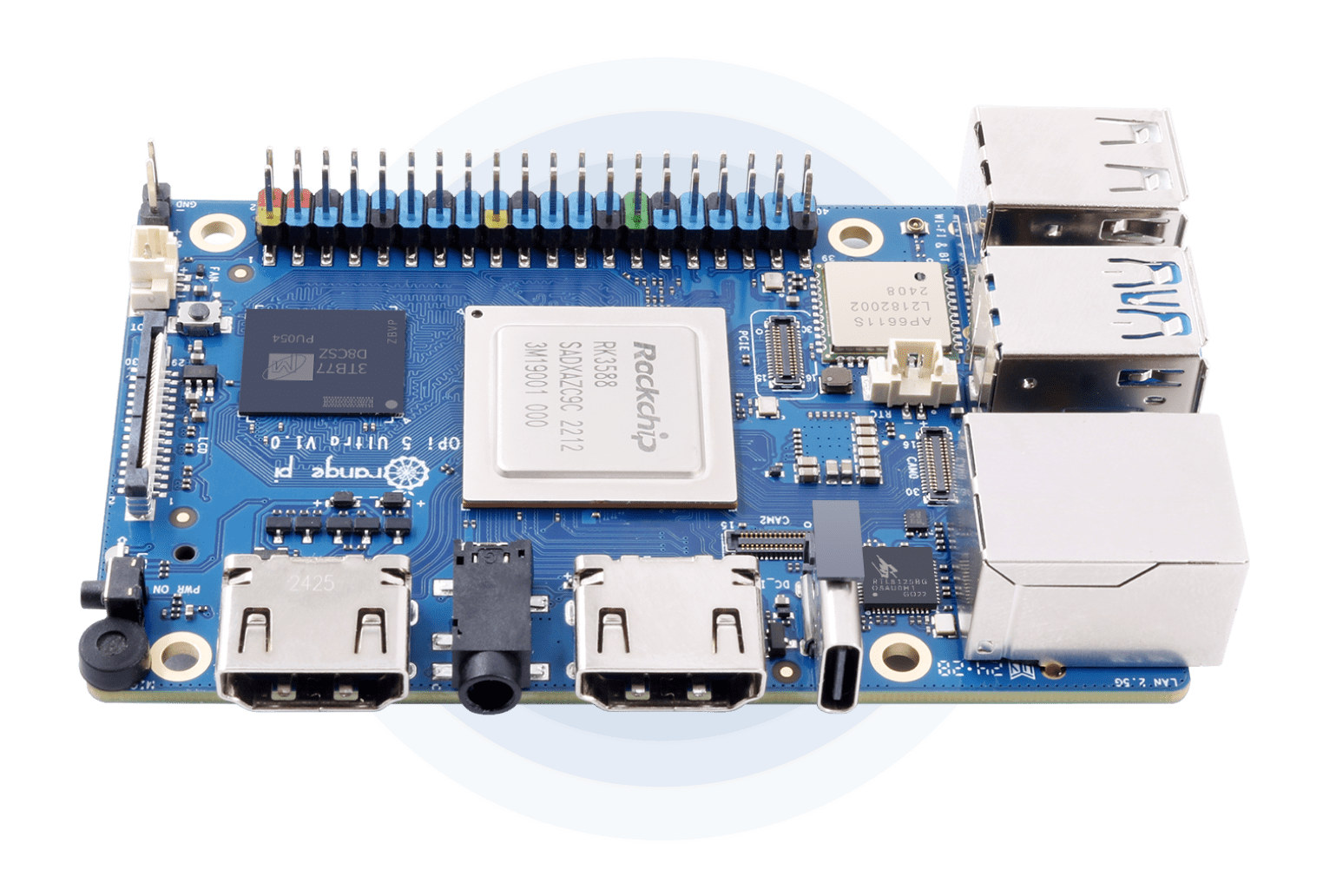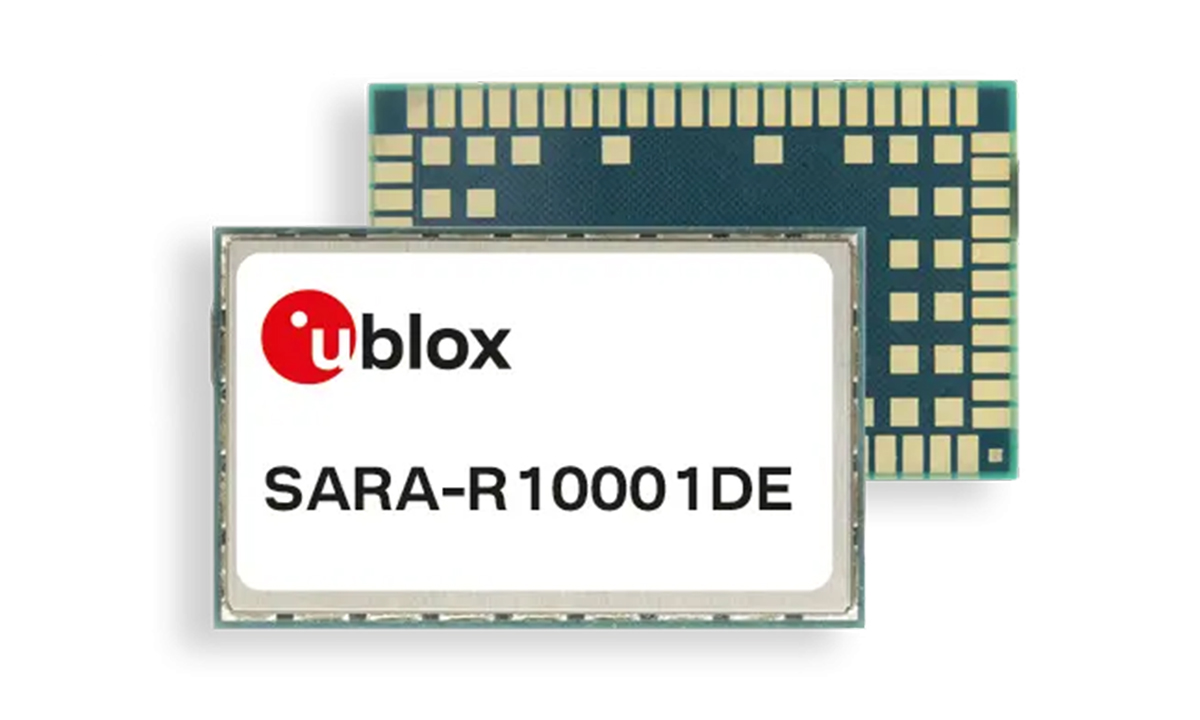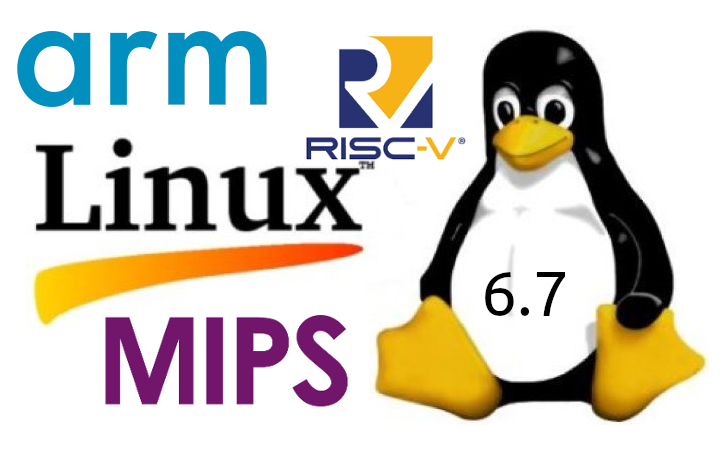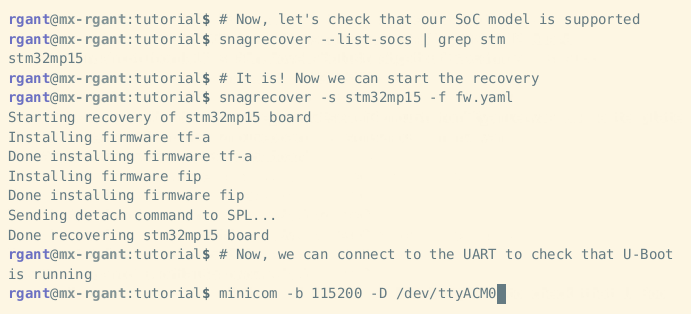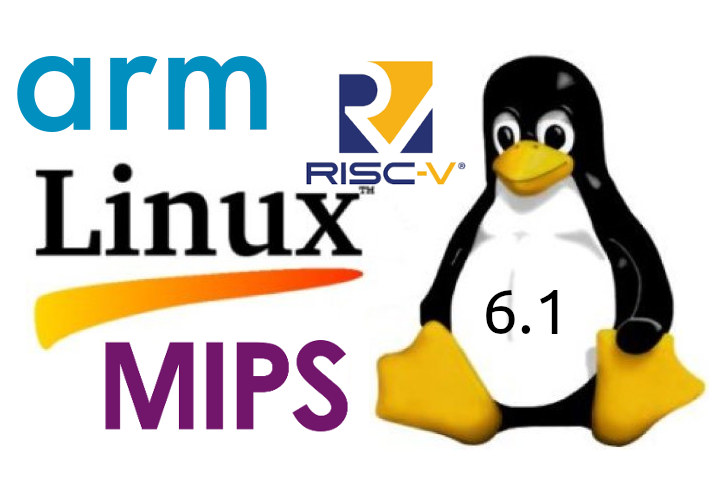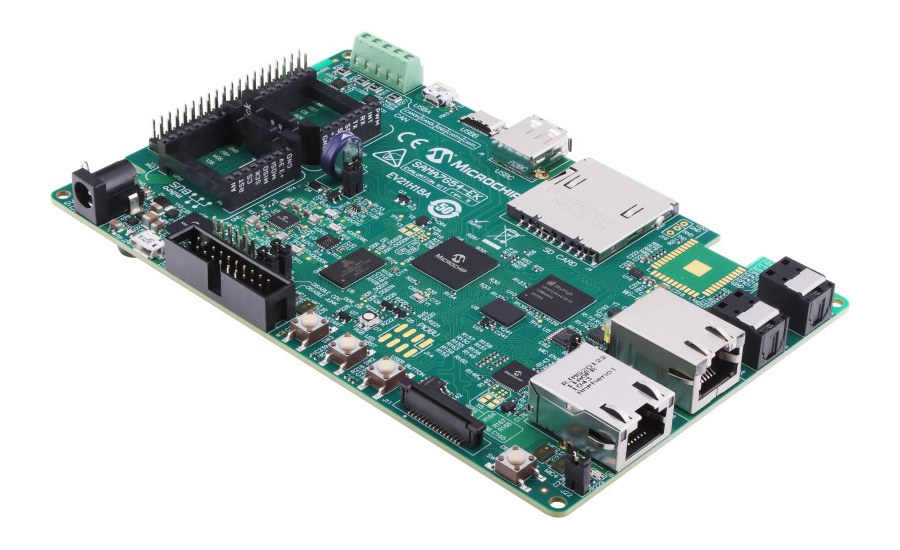We have received the latest tiny indoor security camera from SONOFF: the second generation of the CAM Slim series known as the CAM Slim Gen2 (or CAM S2 for shorts). Some of you might remember the first-generation CAM Slim model reviewed by Jean-Luc about two years ago. The Gen2 version keeps the same 1080p resolution but comes with several upgraded features, including AI algorithms to distinguish living beings, customizable detection zones, customizable privacy zones, sleep mode, enhanced low-light image quality, and flexible storage management. Although it’s packed with several enhancements, its price is lower than the Gen1. Let’s delve into the details! SONOFF CAM Slim Gen2 unboxing Inside the box, you’ll find a compact manual, a USB-C cable, a mounting kit, and a sticker template acting as a drilling guide. The camera is smaller than your palm and comes mounted on a versatile, rotatable base, making installation in various positions […]
Renesas RZ/T2H Cortex-A55/R52 industrial MPU and Dev Board support EtherCAT, PROFINET, and TSN
Renesas RZ/T2H industrial MPU is the most powerful member of its RZ/T2 series of real-time microprocessors. The MPU features four Arm Cortex-A55 CPUs for application tasks and two Cortex-R52 CPUs for real-time control. It supports 9-axis motor control with 3-phase PWM timers, delta-sigma interfaces, and encoder interfaces. It also supports Industrial Ethernet protocols like EtherCAT, PROFINET, and TSN. These features make it ideal for industrial applications such as industrial robots, PLCs, motion controllers, and CNC machines. Renesas launched the RZ/T2L single-core Arm Cortex-R52 MPU just last year, and before that, in 2022, they launched the RZ/T2M dual Arm Cortex-R52 MPU. The RZ/T2L was just a cost-down version of RZ/T2M with an EtherCAT controller, compared to those old controllers the latest RZ/T2H supports 9-axis motor control and compatibility with various industrial Ethernet protocols. Renesas RZ/T2H specifications: CPU 4x Arm Cortex-A55 (64-bit) clocked at up to 1.2GHz with 32KB L1 I/D cache, 1MB L3 cache 2x […]
Orange Pi 5 Ultra SBC offers HDMI 2.1 output and HDMI 2.0 input
The Orange Pi 5 Ultra is a Rockchip RK3588 SBC that’s slightly larger than a business card and visually identical to the Orange Pi 5 Max introduced last August, but replacing one of the two HDMI 2.1 video outputs on the latter with an HDMI 2.0 input port. The new single board computer is still offered with up to 16GB LPDDR5, an eMMC flash module connector or soldered-on eMMC flash, an M.2 socket for an NVMe SSD, 2.5GbE and WiFi 6E networking, and four USB 3.0/2.0 ports. Orange Pi 5 Ultra specifications: SoC – Rockchip RK3588 CPU – Octa-core processor with 4x Cortex-A76 cores @ up to 2.4 GHz, 4x Cortex-A55 cores @ up to 1.8 GHz Arm Mali-G610 MP4 GPU with support for OpenGL ES1.1/2.0/3.2, OpenCL 2.2, and Vulkan 1.2 6 TOPS AI accelerator with support for INT4/INT8/INT16/FP16 mixed operation VPU – 8Kp60 H.265/VP9/AVS2 10-bit decoder, 8Kp30 H.264 decoder, […]
u-blox SARA-R10001DE LTE Cat 1bis Module integrates an eSIM with Multi-IMSI and eUICC support
u-blox has introduced the SARA-R10001DE, an LTE Cat 1bis module with integrated eSIM featuring multi-IMSI technology and eUICC functionality. The module is pre-provisioned with Wireless Logic’s Conexa IoT Network SIM profiles for global IoT deployments. The eSIM supports OTA using Remote SIM Provisioning, allowing the module to switch between multiple stored SIM profiles to connect to the best available network. Multi-IMSI technology allows eSIMs to store multiple International Mobile Subscriber Identity (IMSI) profiles, enabling dynamic network switching for uninterrupted connectivity. eUICC functionality, based on the GSMA standard, facilitates OTA updates and profile management, simplifying operator switching and ensuring global compliance. Although SARA-R10001DE is u-blox’s first LTE Cat 1bis module with an embedded SIM (eSIM), we previously covered the u-blox LEXI-R10 LTE Cat 1bis module and associated evaluation kit, as well as Cavli C17QS Cat 1bis module built around the Qualcomm QCX217 microcontroller. u-blox SARA-R10001DE module specifications: LTE module – SARA-R10001DE […]
Linux 6.7 release – Main changes, Arm, RISC-V, and MIPS architectures
Linus Torvalds has just announced the release of Linux 6.7, following Linux 6.6 LTS a little over two months ago: So we had a little bit more going on last week compared to the holiday week before that, but certainly not enough to make me think we’d want to delay this any further. End result: 6.7 is (in number of commits: over 17k non-merge commits, with 1k+ merges) one of the largest kernel releases we’ve ever had, but the extra rc8 week was purely due to timing with the holidays, not about any difficulties with the larger release. The main changes this last week were a few DRM updates (mainly fixes for new hw enablement in this version – both amd and nouveau), some more bcachefs fixes (and bcachefs is obviously new to 6.7 and one of the reasons for the large number of commits), and then a few random […]
Snagboot is an open-source cross-vendor recovery tool for embedded targets
Bootlin has just released the Snagboot open-source recovery tool for embedded platforms designed to work with multiple vendors, and currently STMicro STM32MP1, Microchip SAMA5, NXP i.MX6/7/8, Texas Instruments AM335x and AM62x, and Allwinner “sunxi” processors are supported. Silicon vendors usually provide firmware flashing tools, some closed-source binaries, that only work with their hardware. So if you work on STM32MP1 you’d use STM32CubeProgrammer, while SAM-BA is the tool for Microchip processors, NXP i.MX SoC relies on UUU, and if you’ve ever worked on Allwinner processors you’re probably family with sunxi-fel. Bootlin aims to replace all those with the Snagboot recovery tool. The Python tool is comprised of two parts: snagrecover using vendor-specific ROM code mechanisms to initialize external RAM and run the bootloader (typically U-Boot) without modifying any non-volatile memories. snagflash communicates with the bootloader over USB to flash system images to non-volatile memories, using either DFU, USB Mass Storage, or […]
Linux 6.1 LTS release – Main changes, Arm, RISC-V and MIPS architectures
Linus Torvalds announced the release of Linux 6.1, likely to be an LTS kernel, last Sunday: So here we are, a week late, but last week was nice and slow, and I’m much happier about the state of 6.1 than I was a couple of weeks ago when things didn’t seem to be slowing down. Of course, that means that now we have the merge window from hell, just before the holidays, with me having some pre-holiday travel coming up too. So while delaying things for a week was the right thing to do, it does make the timing for the 6.2 merge window awkward. That said, I’m happy to report that people seem to have taken that to heart, and I already have two dozen pull requests pending for tomorrow in my inbox. And hopefully I’ll get another batch overnight, so that I can try to really get as […]
Microchip SAMA7G54 is a single-core Arm Cortex-A7 microprocessor for low power AI camera & audio applications
Microchip has just announced the 1 GHz SAMA7G54 single-core Arm Cortex-A7 microprocessor (MPU) with MIPI CSI-2 and parallel camera interfaces, as well as up to four I2S, one SPDIF transmitter and receiver, and a 4-stereo channel audio sample rate converter. The company specifically launched a single-core processor to offer a lower power solution for AI camera and audio solutions, and the chip is coupled with the MCP16502 power management IC that has been optimized to provide the best power/performance ratio for the SAMA7G54. Microchip SAMA7G54 specifications: CPU – Arm Cortex-A7 based MPU @ up to 1GHz with 256KB L2 cache Memory – DDR2/DDR3/DDR3L/LPDDR2/LPDDR3 up to 533MHz Storage – Quad SPI, Octal SPI, 3x SD/eMMC Camera I/F – MIPI CSI-2 (2-lane up to 1.5 Gbps each) and 12-bit parallel camera Up to 8 Mpixel @ 30 fps Audio – Up to 4x I2S, PDM, SPDIF (Rx/Tx), 4 stereo channel ASRC Networking […]


